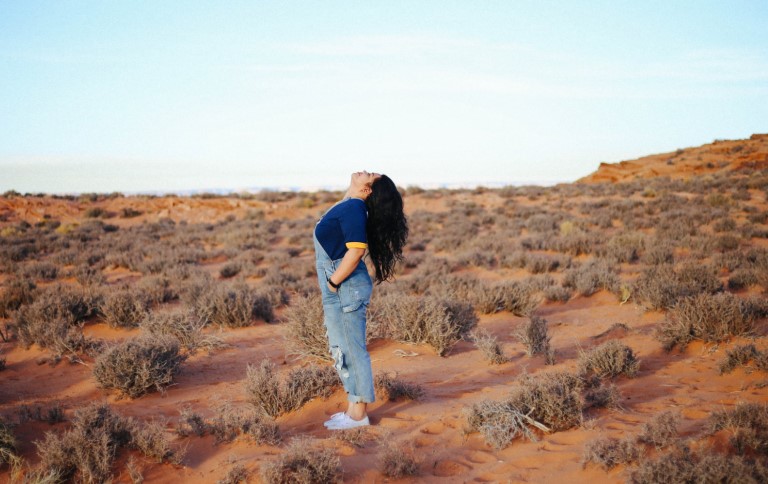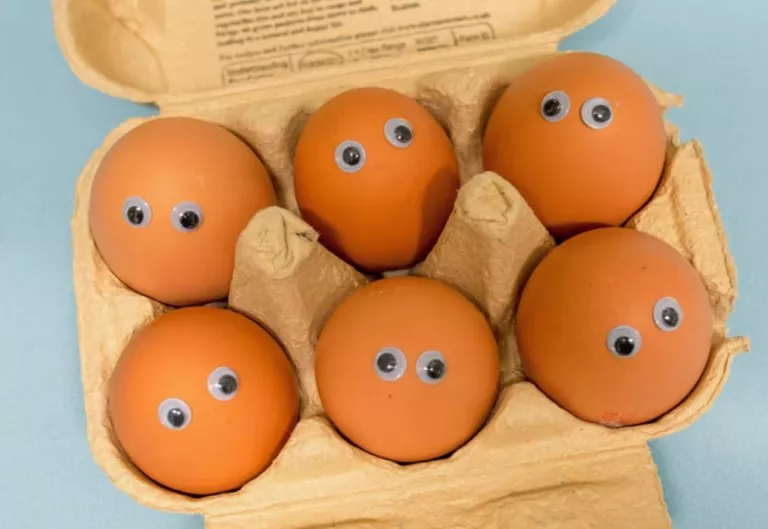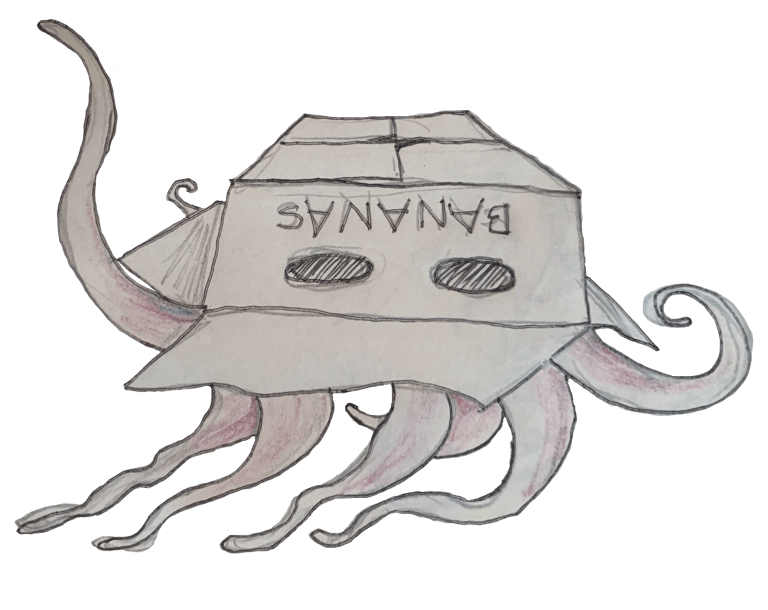The quality of curiosity, is in many ways, the antithesis of apathy and fear. It’s a mindset of vitality that includes drive…to learn, to experiment, to observe…and to open up. In this lesson we will explore specifically how Observation can be used to cultivate curiosity.
Overview
Why Observation?
Cultivating observation skills can promote health and well being. We use observation to increase our awareness of how external factors can shape how we feel energetically and emotionally… In this practice, we will observe Self, Others, and Space….
By developing awareness of how physicality shapes the way we feel, we can notice and adjust how we hold ourselves, how we let others affect us, and how to engage with or change our environments. Practicing observation is a critical component of cultivating curiosity.

Teacher Priming
List of Curiosities
Make a list of things you are curious about! It could be anything – questions large or small:
Are we alone in the universe? Why is the sky blue? We have pickled asparagus, pickled garlic, pickled pears, but when we pickle cucumbers they are just called pickles… why?

Curiosity Walk & Map
We invite you to go for a short walk. This is an opportunity to allow authentic curiosity to emerge. Before you begin, and throughout your walk, tune into your state of being. What do you notice about your physical body? Your emotional state?
Creative Routines
Everyday Detective
Curiosity can be cultivated. We can practice looking and listening with increased alertness. We can ask questions of others and ourselves to further illuminate what we see and hear. We can be Everyday Detectives, looking for mysteries, oddities, and beauty in our world. We can practice asking questions as they occur to us.

This is not a…
This Theater game activates curiosity by using the infinite power of imagination. Students take turns passing an object around the circle and engaging with it. The idea of the game is simple:
The objective is to transform an object into something it’s not.

Walk & Freeze
This theater exercise helps us to embody different states of being and bring awareness to how our physicality can shape the way we feel.
We’ve also included some prompts in the lesson plan below to help you get started!
Creative Challenge
Curiosity Theater Challenge
After you have explored emotional states within the Walk & Freeze exercise, we invite you to take theater making to the next level… in a practice called tableaux-vivants. Please watch these instructional videos that introduce tableaux as a theater form and the accompanying video which will help clarify compositional elements so that actors can create compelling and evocative compositions.
With Curiosity at the center of this exploration, we will ask students to engage with story finding and story making, an inductive response to witnessing a single tableau frame.
Intro to Tableaux
Elements of Tableaux
Theater Warm-ups
Resources
7 ways to be more curious

Curiosity, according to Ian Leslie, is a combination of intelligence, persistence, and hunger for novelty, all wrapped up in one. It is what psychologists might call a trait cluster. This article examines curiosity.
